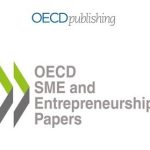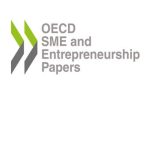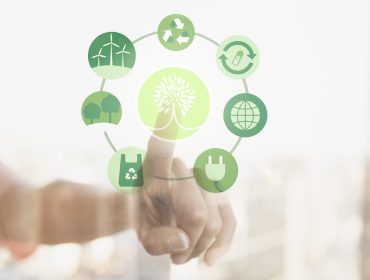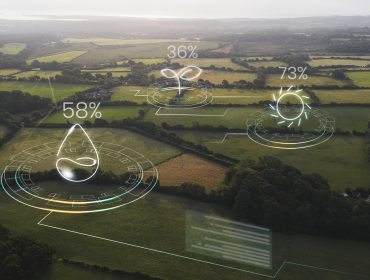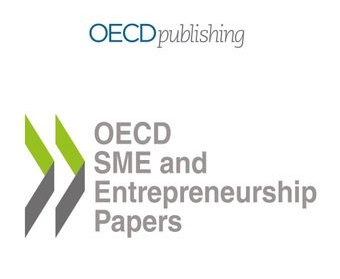
The OECD Financing SMEs and Entrepreneurs Scoreboard: 2023 Highlights
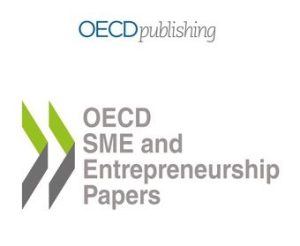 The “OECD Financing SMEs and Entrepreneurs Scoreboard: 2023 Highlights” document SME and entrepreneurship financing trends, conditions and policy developments. The report provides official data on SME financing in close to 50 countries, including indicators on debt, equity, asset-based finance and financing conditions. Data for 2021 are complemented by available information for 2022, along with demand-side information and recent developments in public policy and private initiatives to support SME finance. Findings reveal that most economies showed the beginnings of a dynamic recovery from the COVID-19 crisis in 2021. However, data available for 2022 point to a deterioration in a number of SME finance indicators, due to high inflation and rising interest rates, exacerbated by the effects of Russia’s war against Ukraine. These factors are impacting the accessibility and cost of debt finance for SMEs, and foreshadow a slowdown in lending. Likewise, equity finance showed a significant decline in 2022. In this context, governments should continue to foster the diversification of SME financing instruments and channels to enable them to build resilience and undertake crucial investments, such as those in digitalisation and greening.More… https://www.oecd.org/publications/oecd-financing-smes-and-entrepreneurs-scoreboard-2023-highlights-a8d13e55-en.htm
The “OECD Financing SMEs and Entrepreneurs Scoreboard: 2023 Highlights” document SME and entrepreneurship financing trends, conditions and policy developments. The report provides official data on SME financing in close to 50 countries, including indicators on debt, equity, asset-based finance and financing conditions. Data for 2021 are complemented by available information for 2022, along with demand-side information and recent developments in public policy and private initiatives to support SME finance. Findings reveal that most economies showed the beginnings of a dynamic recovery from the COVID-19 crisis in 2021. However, data available for 2022 point to a deterioration in a number of SME finance indicators, due to high inflation and rising interest rates, exacerbated by the effects of Russia’s war against Ukraine. These factors are impacting the accessibility and cost of debt finance for SMEs, and foreshadow a slowdown in lending. Likewise, equity finance showed a significant decline in 2022. In this context, governments should continue to foster the diversification of SME financing instruments and channels to enable them to build resilience and undertake crucial investments, such as those in digitalisation and greening.More… https://www.oecd.org/publications/oecd-financing-smes-and-entrepreneurs-scoreboard-2023-highlights-a8d13e55-en.htm
Related Post
SME climate finance stocktake: Turning ambition...
Small and medium-sized enterprises are vital to global climate action, yet access to green finance remains a major barrier to scaling their ...
Sustainability Meets Growth: A Roadmap for...
Small and medium-sized enterprises (SMEs) represent 90% of businesses globally and account for 40%-60% of business-sector greenhouse gas (GH...
Scaling Up Support for SME Sustainability:...
Small and medium-sized enterprises (SMEs) are central to the green transition. As innovators, they create new sustainable technologies and s...
